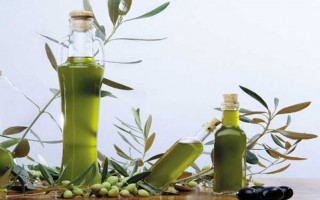Gardoumia is a special meze from lamb intestines that is made on the island of Naxos, just like in Crete; besides, the strong connections between the two islands are well-known. Meze holds a special place in the Greek culinary tradition and could be described as an appetizer, a treat to share with friends in a relaxed environment.
Gardoumia is a popular dish among mountain and pastoral farming/shepherds’ communities where meat eating prevails. Although roasted meat is regarded as the king in their nutrition culture with meat dishes being offered on occasions of both joy and pain, on anniversaries and religious festivals, on weddings and baptisms, intestines and offal are equally coveted and highly regarded dishes.
Intestines and offal make exquisite mezedes (kokoretsi – a rotisserie offal and intestine sausage, frygadelia – liver wrapped in caul fat that is cooked over coals on a skewer, gardoumbes – tiny little intestines) and have been prepared since ancient times throughout the Greek word of that time.
In his work ‘The Knights’ Aristophanes wrote: “Τα έντερα των τετραπόδων χορδάς καλούσι, χορδή γαρ εστί το λεπτόν έντερον, ό ειώθασι πλέκειν οι μάγειροι”, in English “The intestines of the animals with four legs are called stripes, stripes are the thin intestines that cooks used to braid”.
Μore at Greek Gastronomy Guide…
Source: www.greekgastronomyguide.gr













